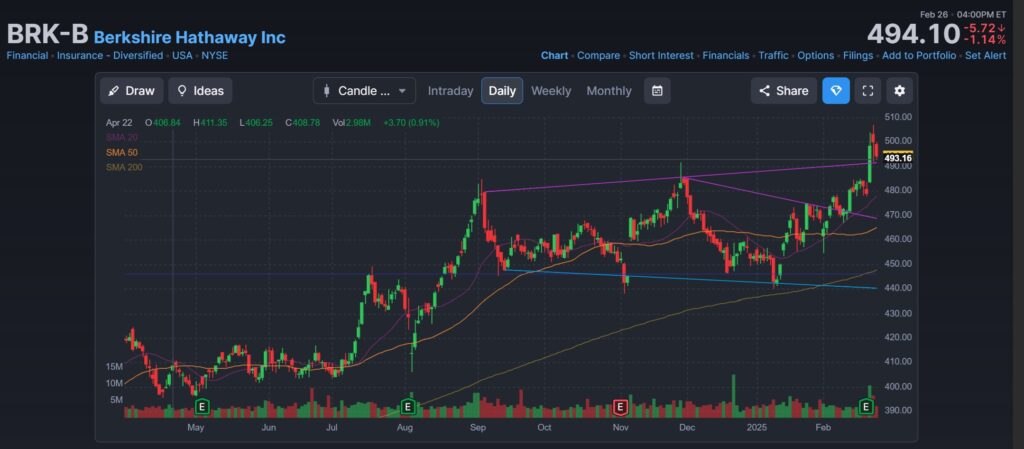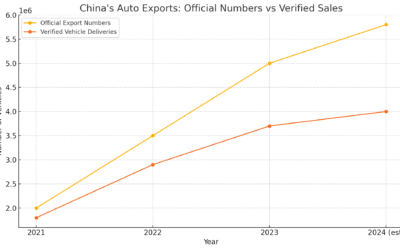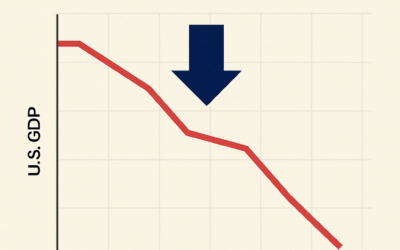Introduction
Berkshire Hathaway (NYSE: BRK-B) is synonymous with Warren Buffett, whose investment acumen and long-term perspective have shaped the conglomerate into a global powerhouse. Berkshire’s diverse portfolio spans insurance, utilities, railroads, manufacturing, and an array of equity holdings. This article explores BRK-B’s financial performance, technical trends, and future outlook, referencing the Finviz chart that shows the stock trading around $494.
Financial Performance
Berkshire Hathaway’s strength lies in its broad earnings base:
- Insurance Segment: GEICO and other insurance subsidiaries generate underwriting profits and investible float.
- Railroads and Utilities: BNSF Railway and Berkshire Hathaway Energy provide stable cash flows, even during economic fluctuations.
- Manufacturing and Services: A diversified group of industrial and consumer-focused companies add further resilience.
- Equity Portfolio: Major stakes in Apple, Bank of America, Coca-Cola, and other blue-chip names offer both dividend income and capital appreciation.
Despite volatile markets, Berkshire’s steady operating income often cushions the impact of short-term stock price fluctuations. Its large cash position allows for opportunistic acquisitions or share buybacks, reinforcing long-term shareholder value.
Key Highlights
- Stable Cash Flow: Berkshire’s conglomerate model diversifies risk and stabilizes earnings.
- Capital Deployment Flexibility: A robust cash reserve gives management the option to buy back shares, invest in equities, or pursue strategic acquisitions.
- Long-Term Focus: Buffett’s patient, value-driven approach has proven resilient across market cycles.
Profitability and Valuation

Berkshire Hathaway’s profitability is measured through operating earnings, which exclude the often-volatile swings in the value of its equity holdings. Key valuation points include:
- Price-to-Book Ratio: A traditional metric for Berkshire, reflecting the intrinsic value of its operating segments and investment portfolio.
- Operating Earnings Multiple: Some analysts prefer focusing on operating earnings to gauge the performance of core businesses.
While BRK-B may appear more expensive than pure-play insurance or industrial companies, its unique blend of businesses and equity investments can justify a valuation premium.
Debt and Leverage
Berkshire’s approach to leverage is conservative:
- Modest Debt Levels: Compared to its assets, Berkshire maintains a manageable debt load.
- High Credit Rating: The company’s strong balance sheet and reliable cash flows support a top-tier credit profile, lowering borrowing costs.
- Insurance Float: This low-cost capital source funds acquisitions and equity investments without significant reliance on external debt.
Growth Prospects
- Strategic Acquisitions: Berkshire continues to seek undervalued businesses that align with its long-term focus.
- Equity Portfolio Adjustments: Active management of the stock portfolio can unlock new opportunities, as seen with recent moves in tech, energy, and consumer sectors.
- Organic Expansion: Subsidiaries like BNSF Railway and Berkshire Hathaway Energy can grow through infrastructure investments and operational efficiencies.
Technical Analysis
Recent Price Action
Looking at the Finviz chart, BRK-B hovers near $494, having reached above $500 in recent sessions before a mild pullback:
- Support Levels: Around $480–$485, where the 50-day moving average provides near-term support.
- Resistance Levels: Near $500–$510, which aligns with recent highs and a potential upper trendline.
A sustained break above $500 on higher trading volume could signal renewed bullish momentum, while a dip below $480 might indicate a short-term consolidation or broader market weakness.
Potential Catalysts
- Share Buybacks: Berkshire has authorized buybacks when the stock trades below intrinsic value, often boosting share prices.
- Major Acquisitions: A large-scale deal, akin to Berkshire’s past purchases, could significantly impact future earnings.
- Dividend Policy Shift: While unlikely in the near term, any move to initiate or raise a dividend might attract new investor segments.
Leadership and Strategic Direction
Warren Buffett (Chairman & CEO) and Charlie Munger (Vice Chairman) have guided Berkshire’s evolution for decades, emphasizing:
- Value Investing: Seeking companies with strong fundamentals and durable competitive advantages.
- Decentralized Management: Subsidiaries largely operate independently, leveraging local expertise.
- Succession Planning: With Buffett and Munger in their 90s, the transition to the next generation of leadership—Greg Abel for non-insurance operations and Ajit Jain for insurance—remains a focus.
Impact of Macroeconomic Factors
- Interest Rates: Rising rates can benefit Berkshire’s insurance float, but they may also pressure equity valuations.
- Consumer Spending and GDP Growth: Subsidiaries like railroads, energy, and manufacturing are sensitive to economic cycles.
- Inflation: While higher input costs can challenge some businesses, Berkshire’s pricing power in sectors like utilities and railroads can offset inflationary pressures.
Total Addressable Market (TAM)
Berkshire’s TAM is essentially the global economy, given its broad operational footprint and equity holdings. The company’s potential for growth extends across multiple industries, from consumer goods and insurance to infrastructure and technology.
Market Sentiment and Engagement
Investor sentiment toward BRK-B is generally positive, reflecting trust in Buffett’s track record. Some investors see the stock as a “safe haven” given Berkshire’s conservative balance sheet and diversified portfolio. Online communities often debate Berkshire’s next moves and the timing of Buffett’s eventual departure, but the overall tone remains optimistic.
Conclusion
Berkshire Hathaway (BRK-B) stands as a unique conglomerate balancing solid operating businesses with a world-class equity portfolio. Its steady financial performance, conservative debt management, and ample cash reserves underpin a growth strategy that thrives on patient, value-oriented investing.
Target Price Objectives
- Short to Mid-Term: A push above $500–$510 could materialize if Berkshire’s operating earnings remain strong and equity markets stay supportive.
- Long-Term: With consistent reinvestment and disciplined acquisitions, BRK-B may surpass $550 or higher, particularly if the global economy remains stable.
Stop-Loss Recommendation
A stop-loss near $480 could help investors protect against downside risk. This level coincides with the 50-day moving average and recent support zones, providing a reasonable cushion against near-term market volatility.
Discover More
For more insights into analyzing value and growth stocks poised for sustainable growth, consider this expert guide. It provides valuable strategies for identifying high-potential value and growth stocks.
We also have other highly attractive stocks in our portfolios. To explore these opportunities, visit our investment portfolios.
This analysis serves as information only and should not be interpreted as investment advice. Conduct your own research or consult with a financial advisor before making investment decisions.
Disclaimer: This article is for informational purposes only and does not constitute financial advice. Always perform your own due diligence or consult a financial professional before making investment decisions.









0 Comments